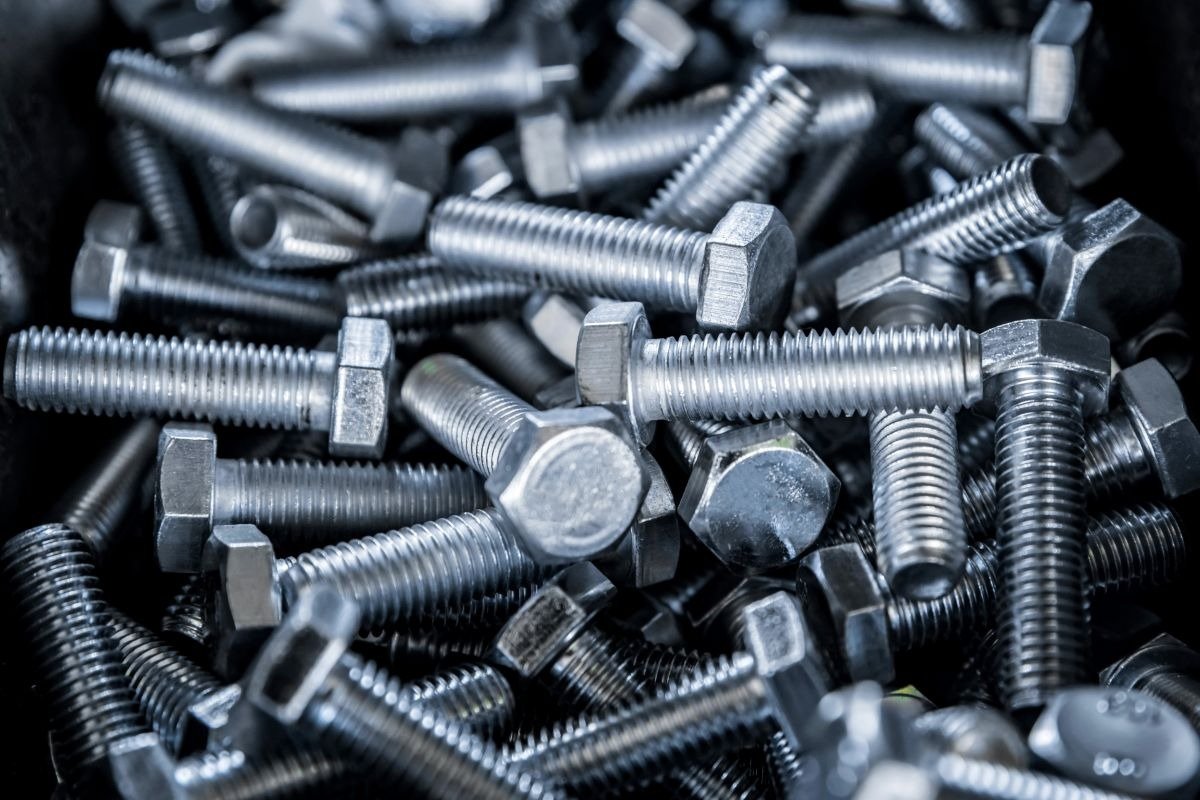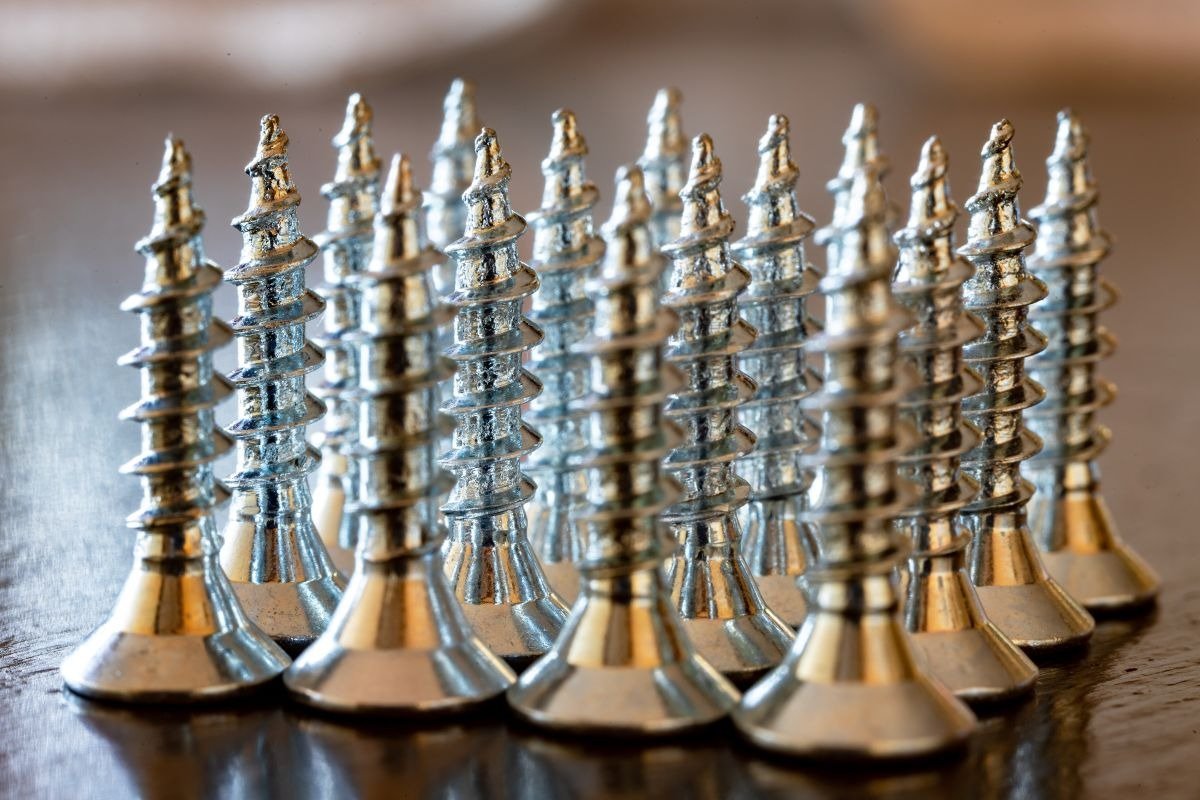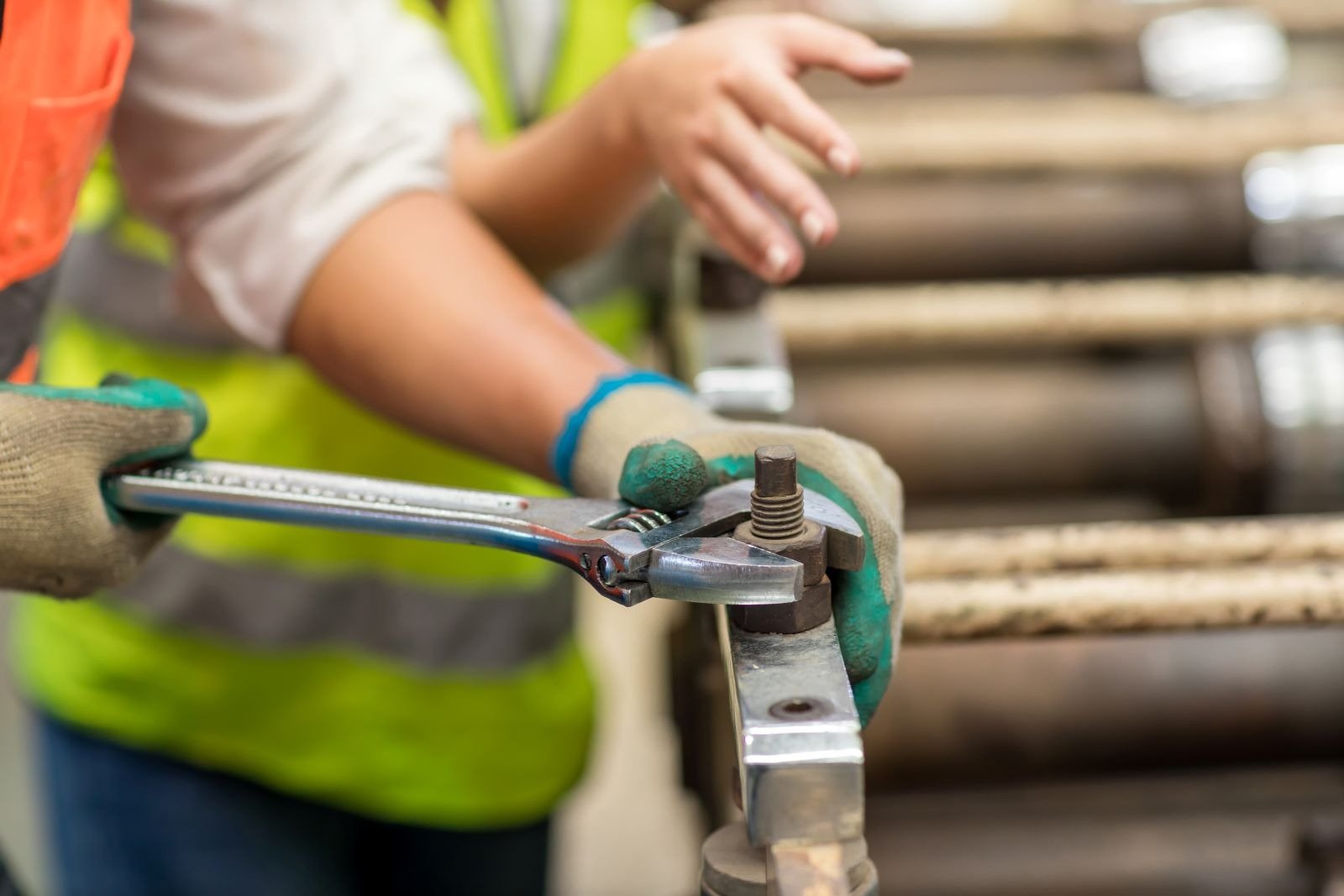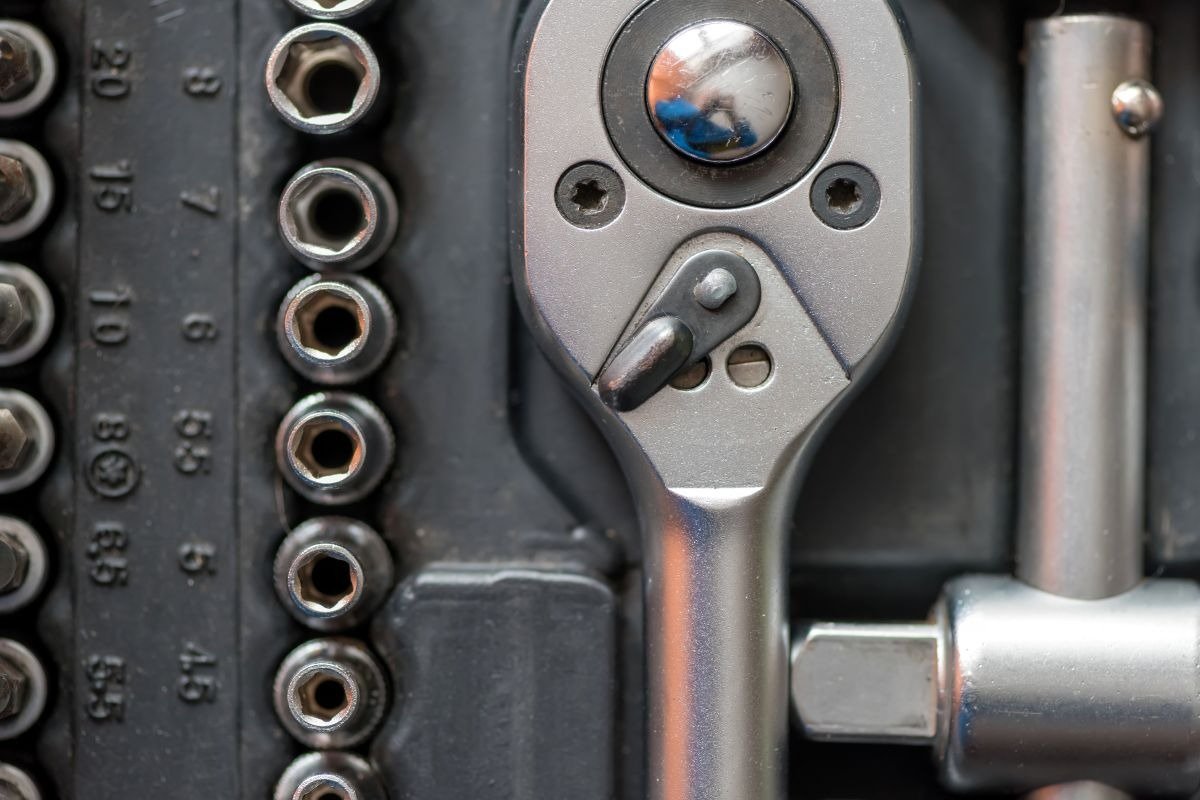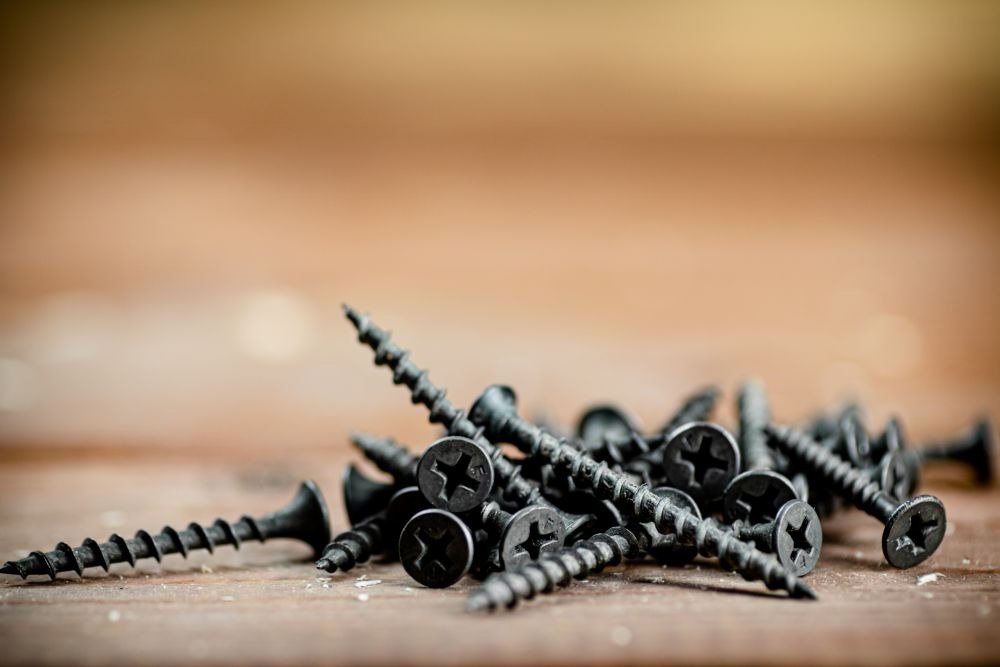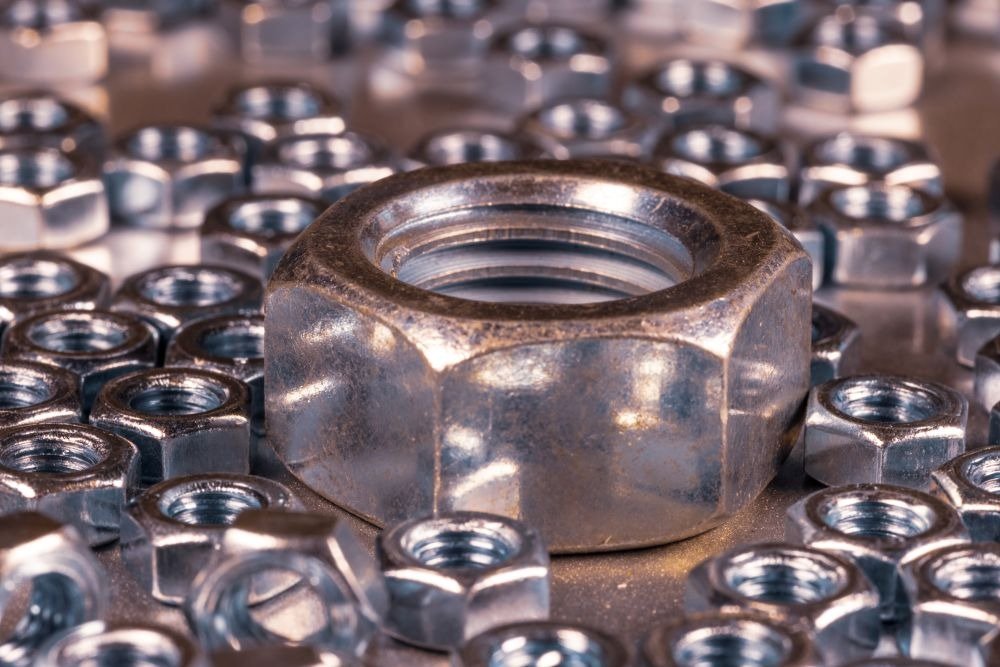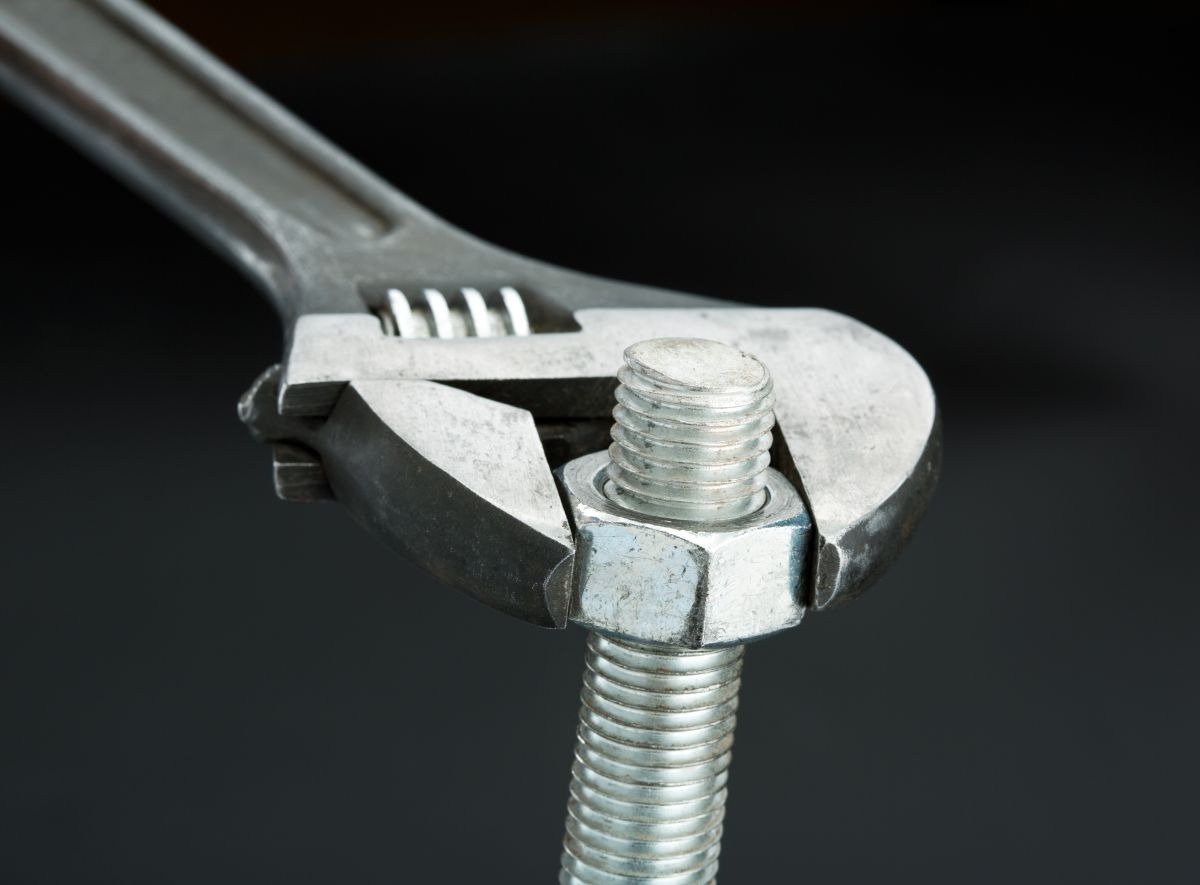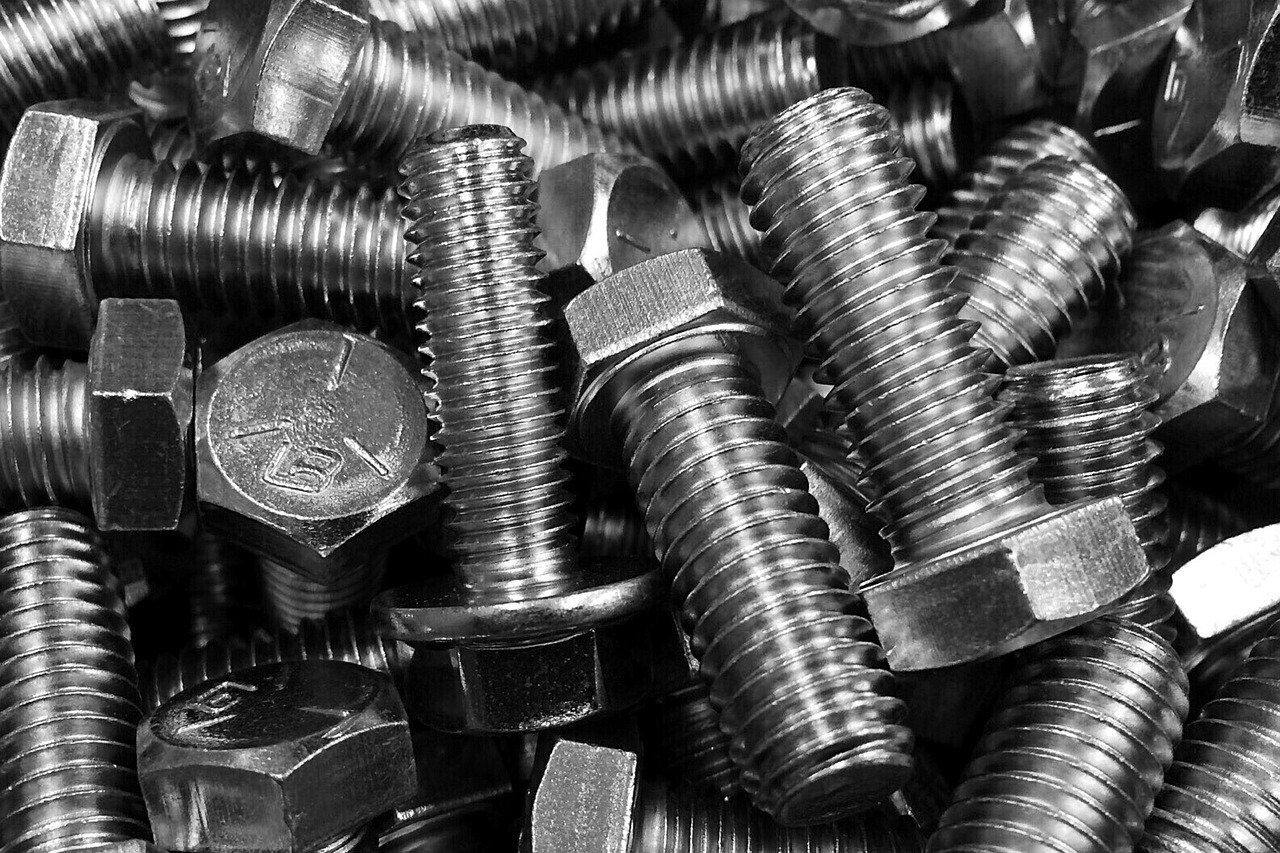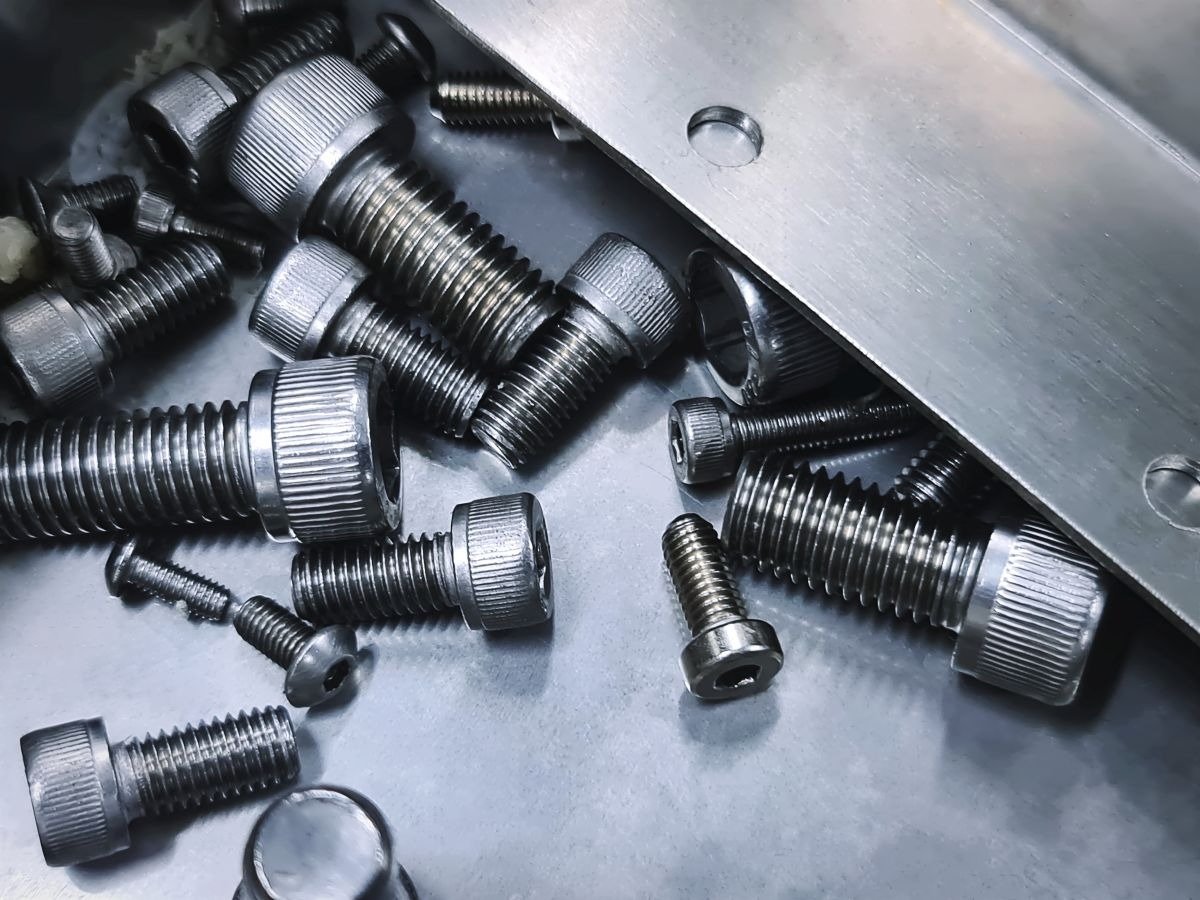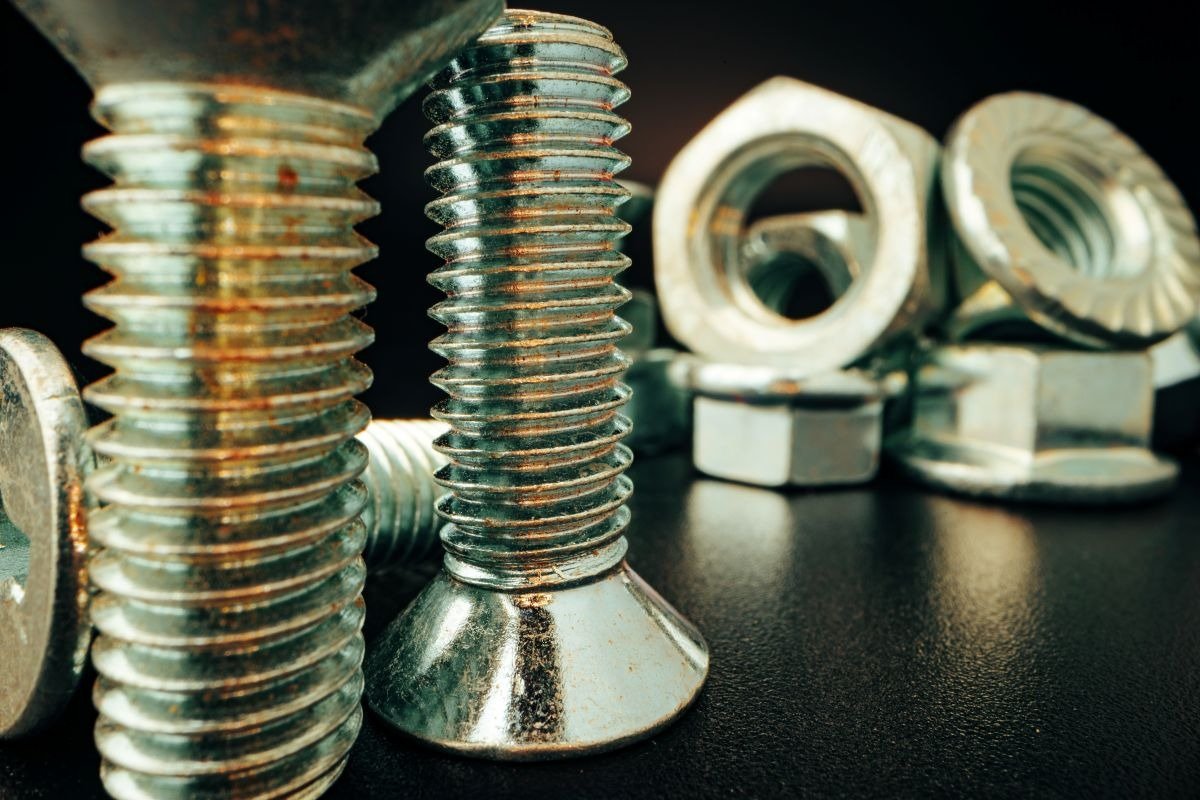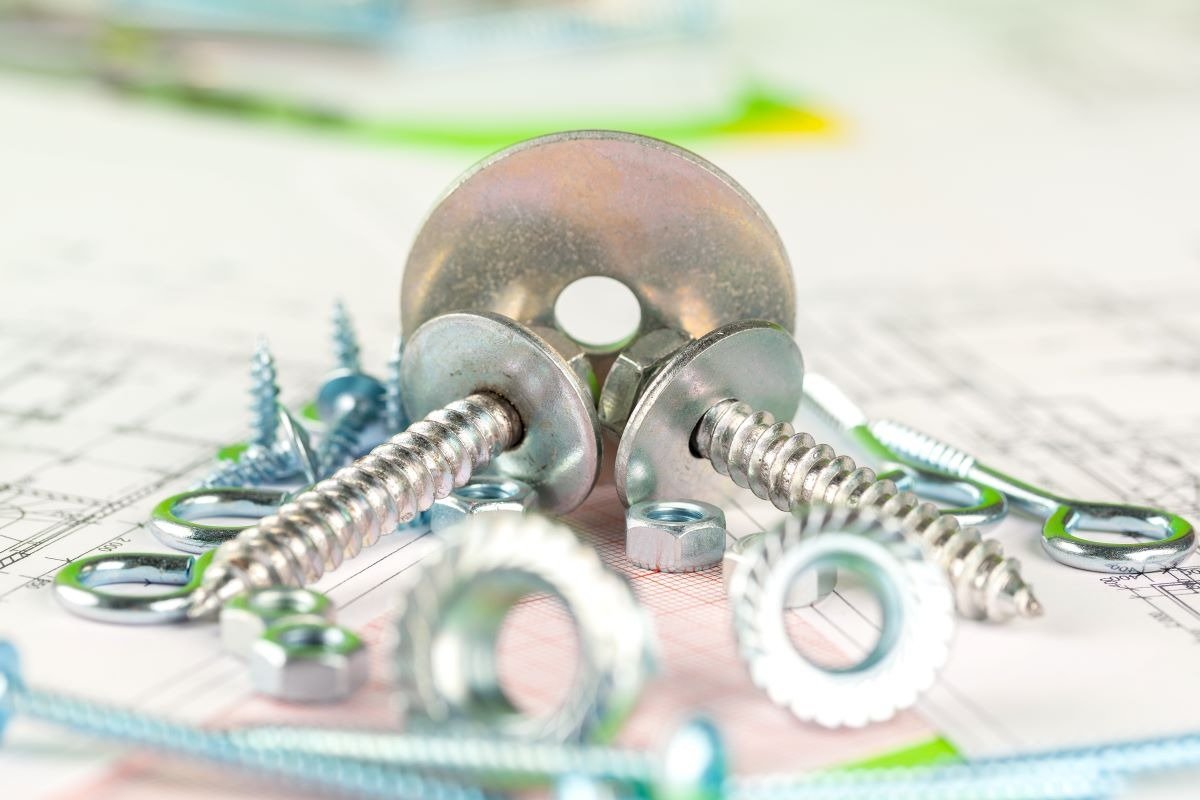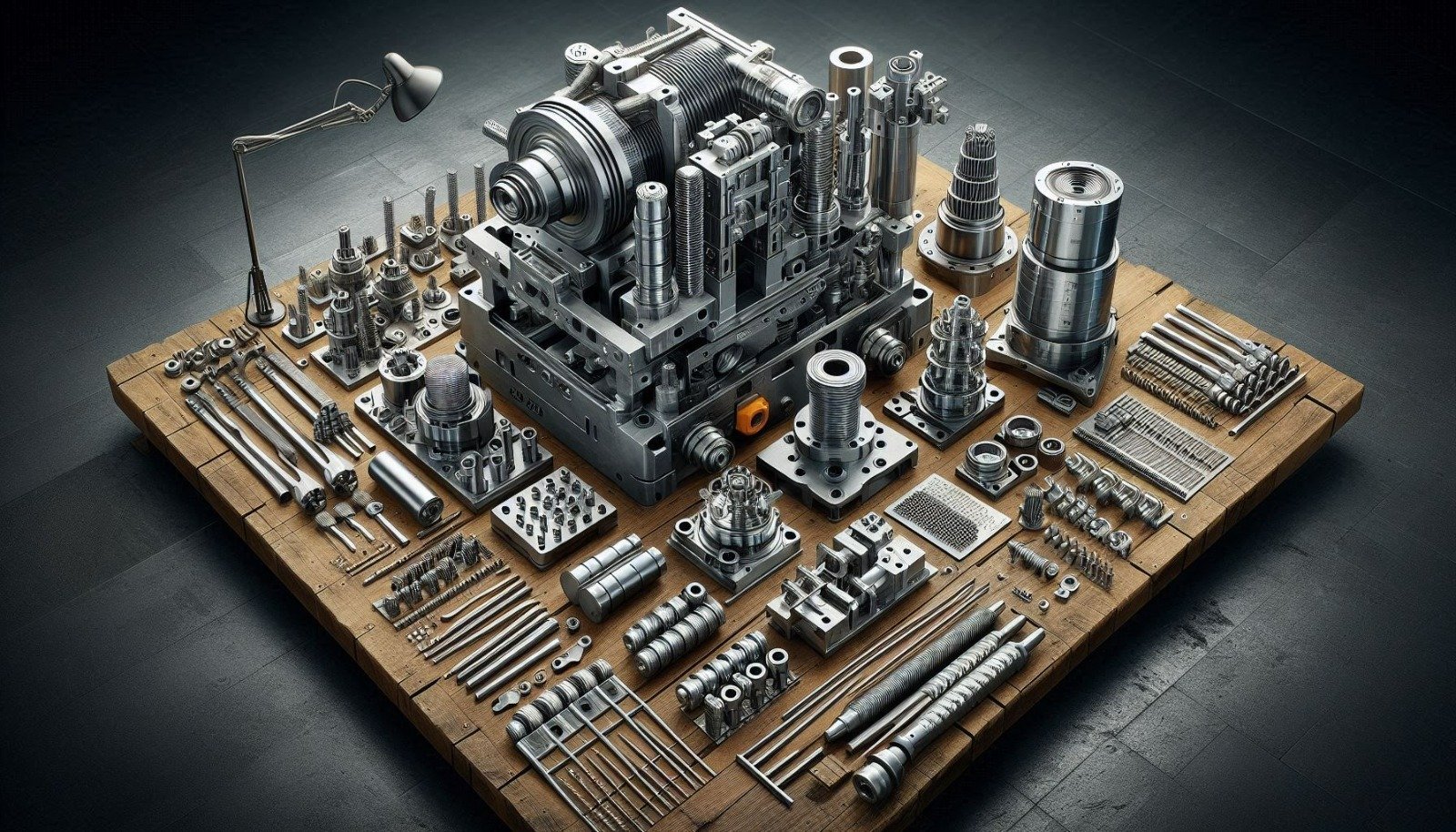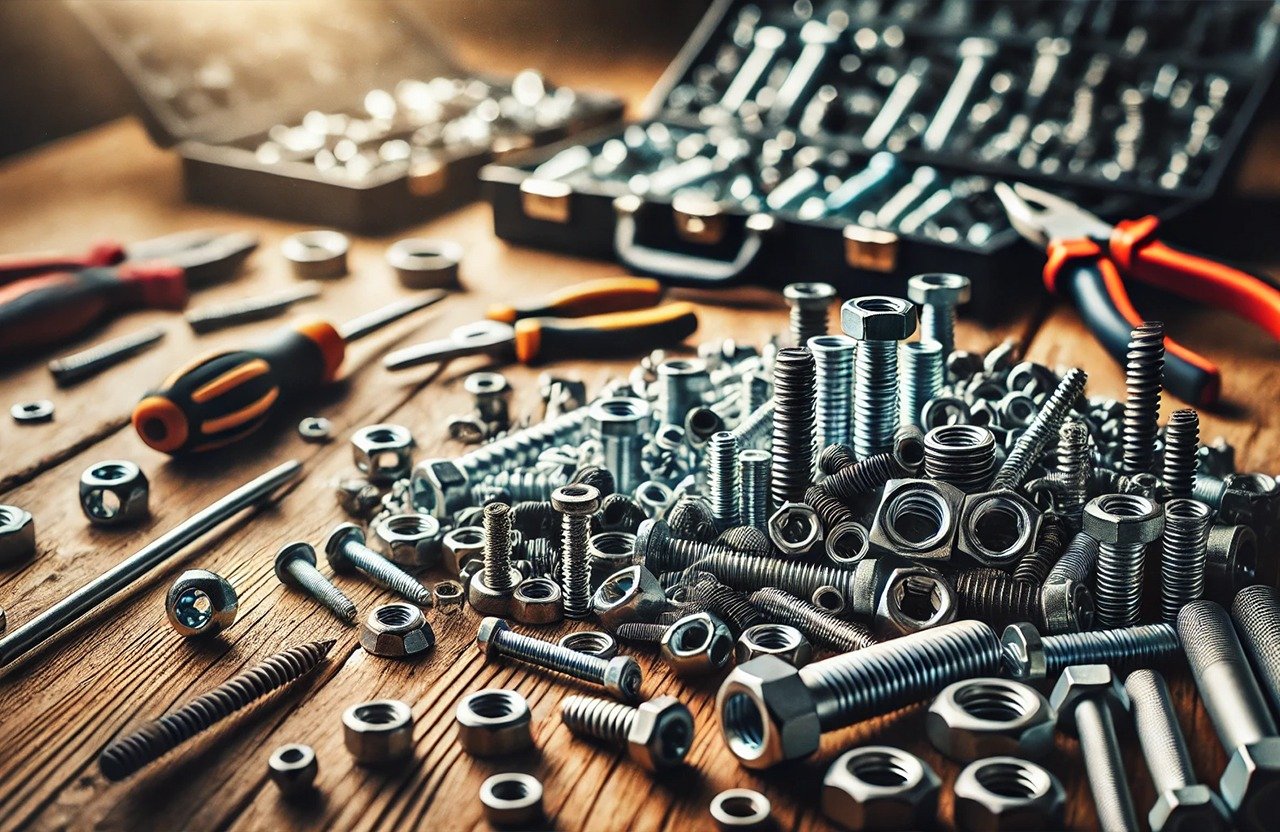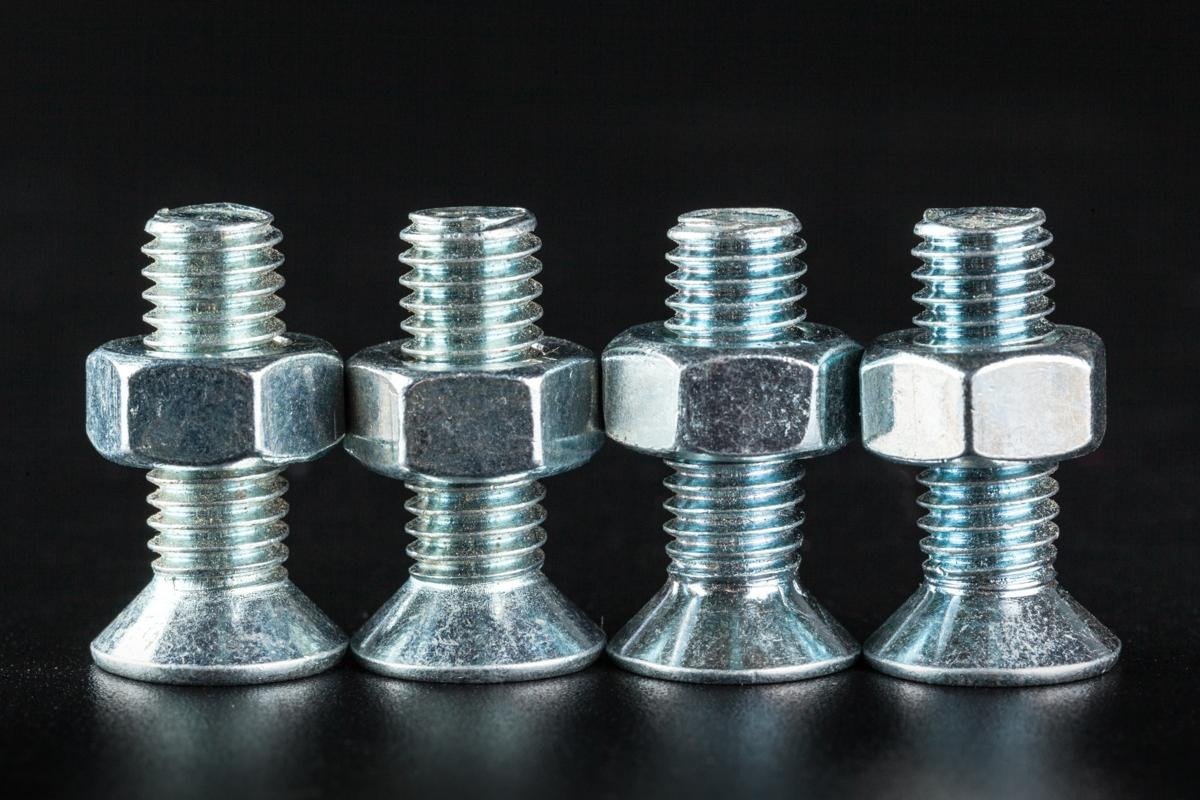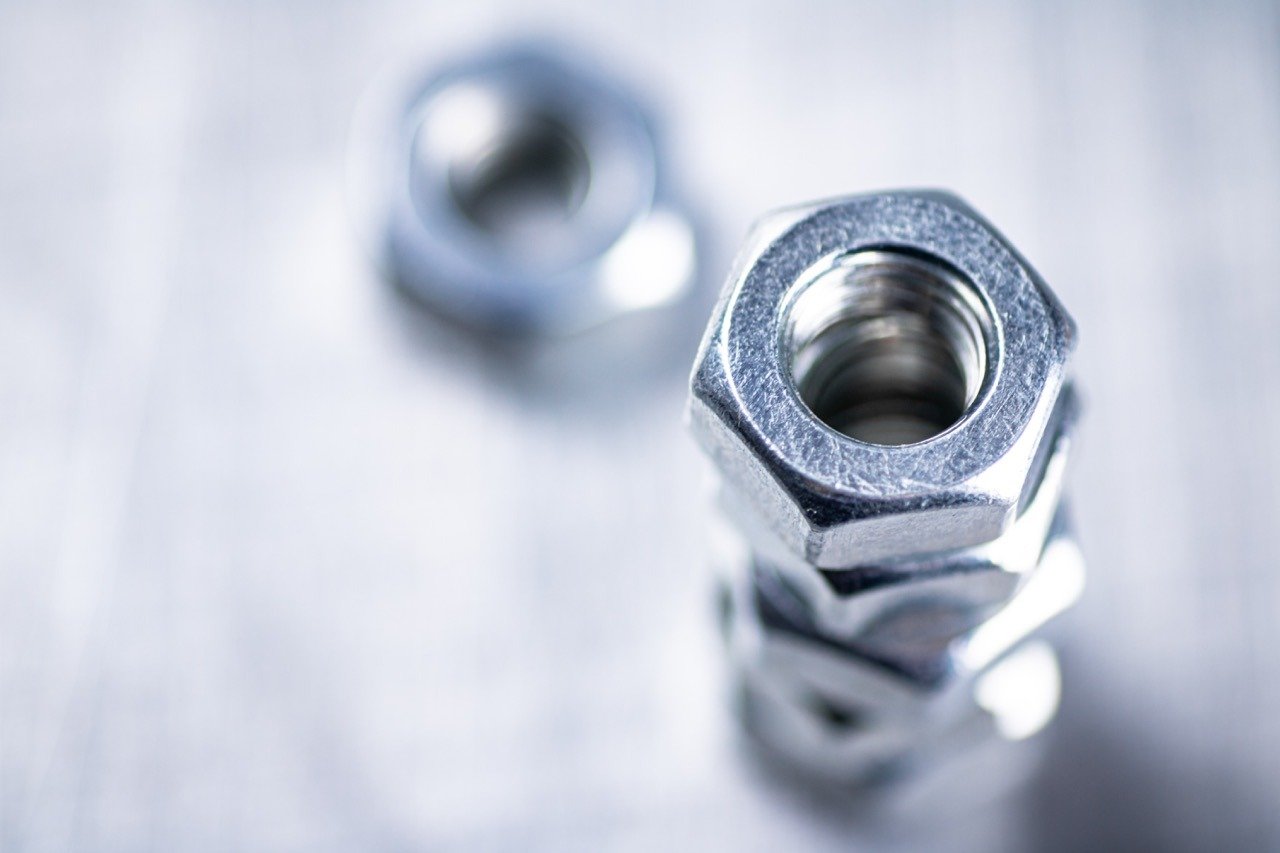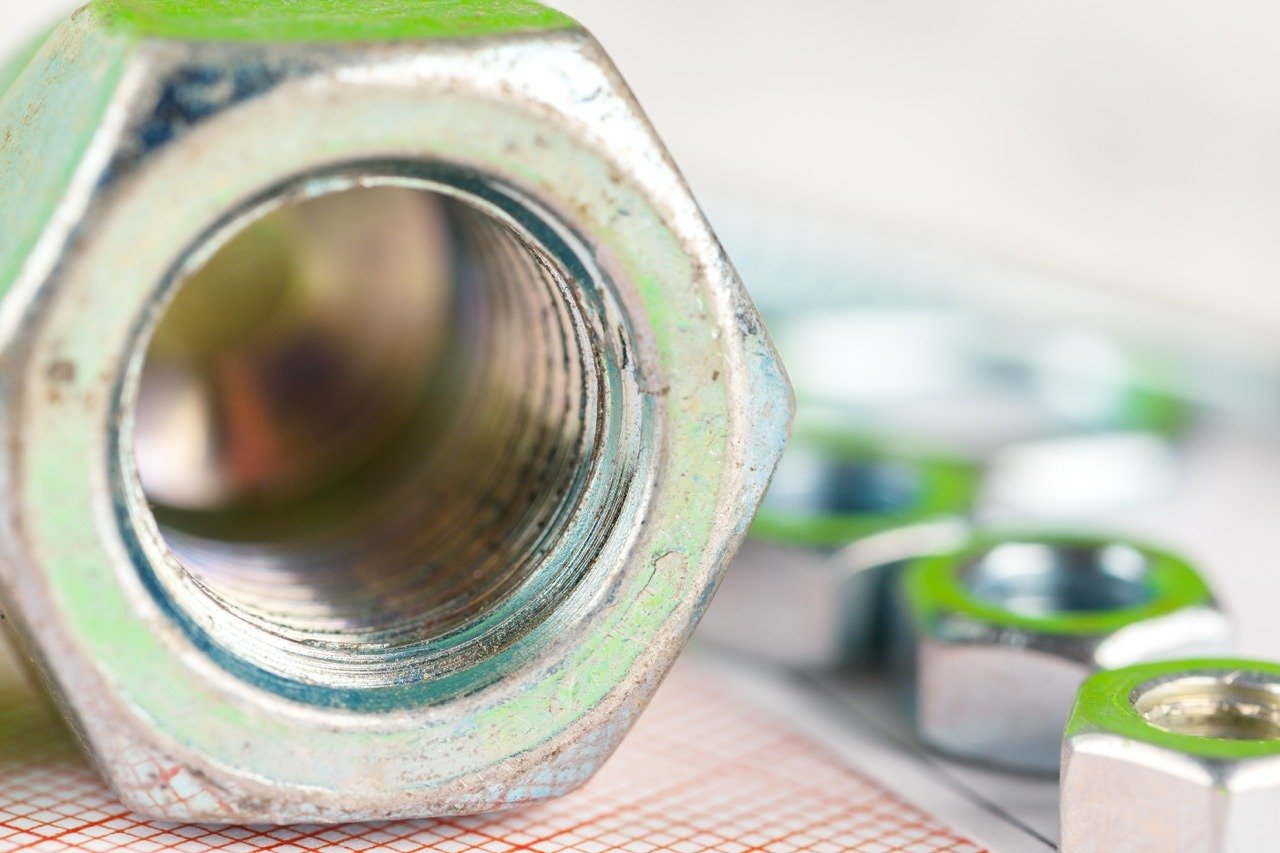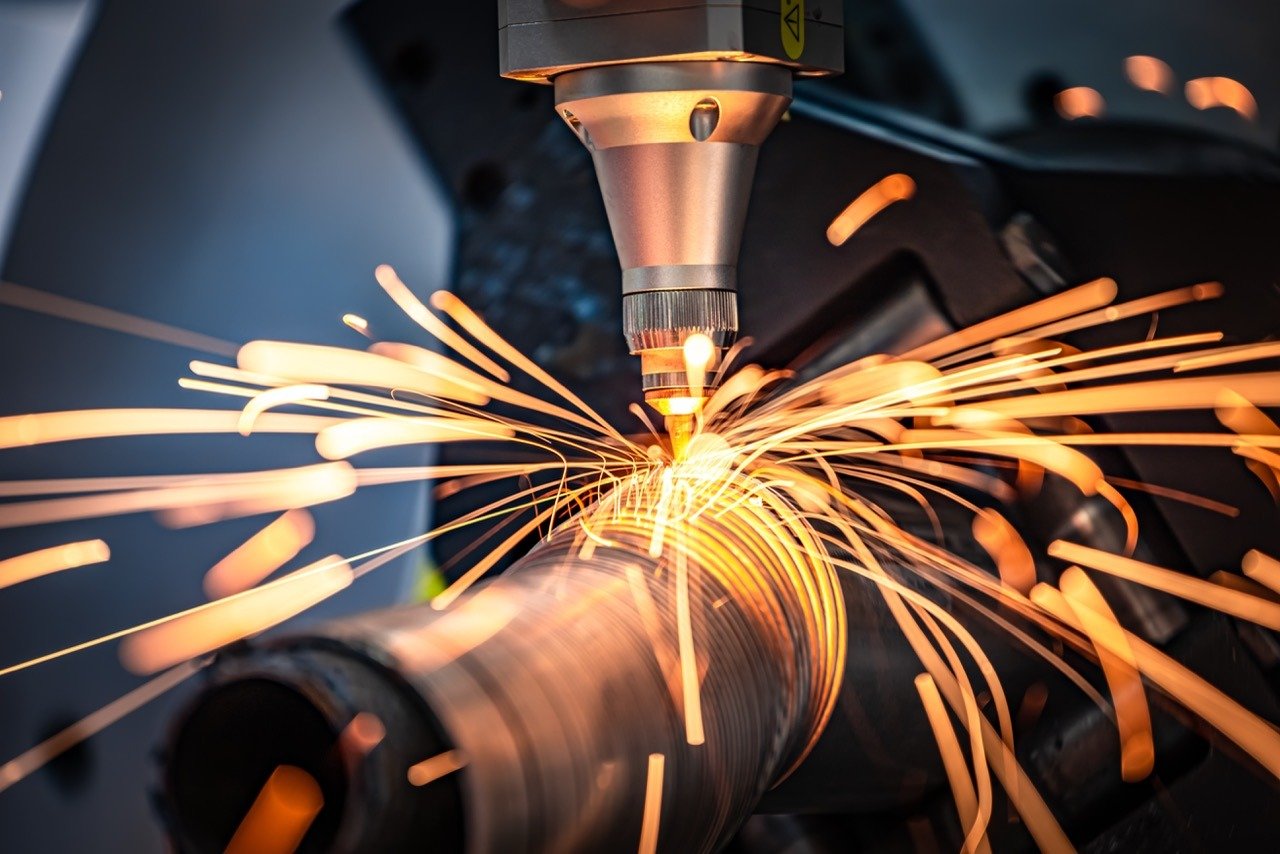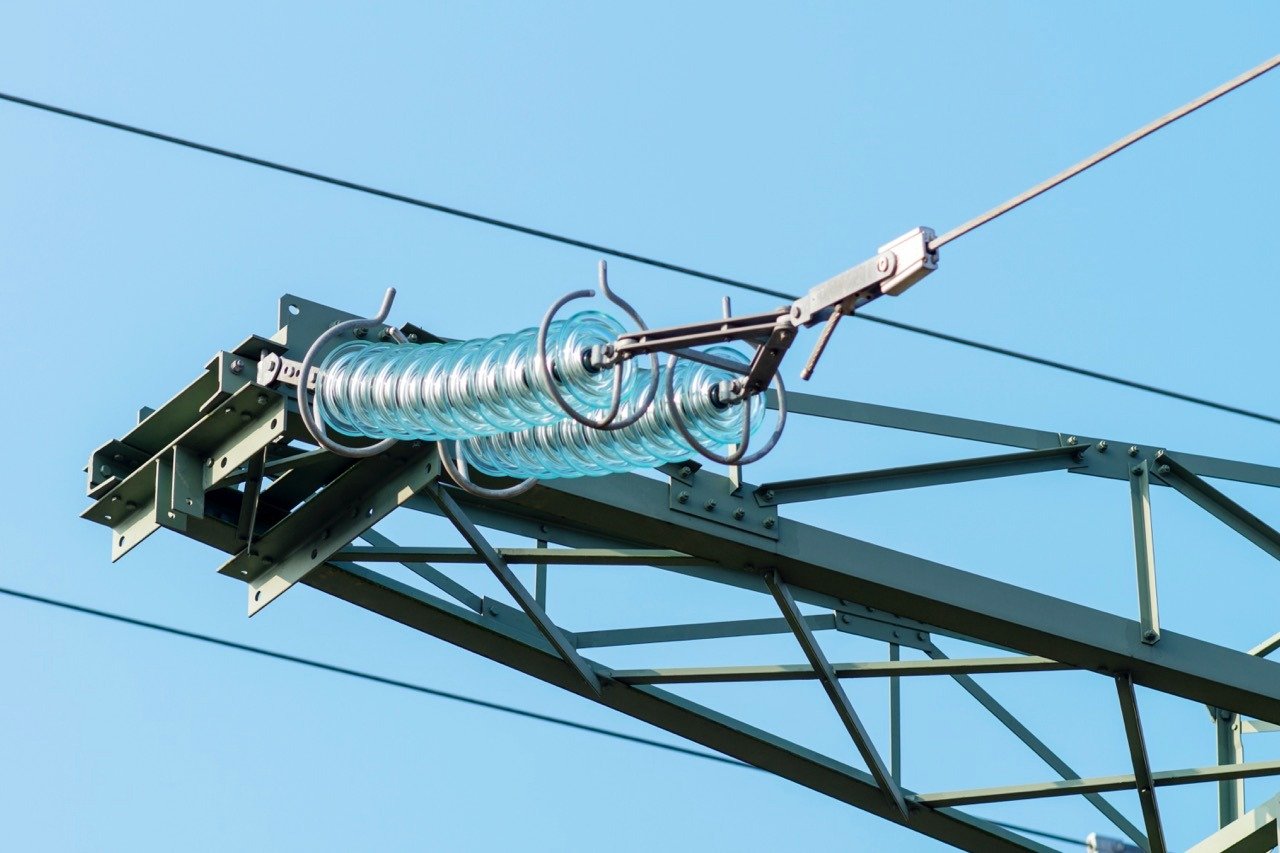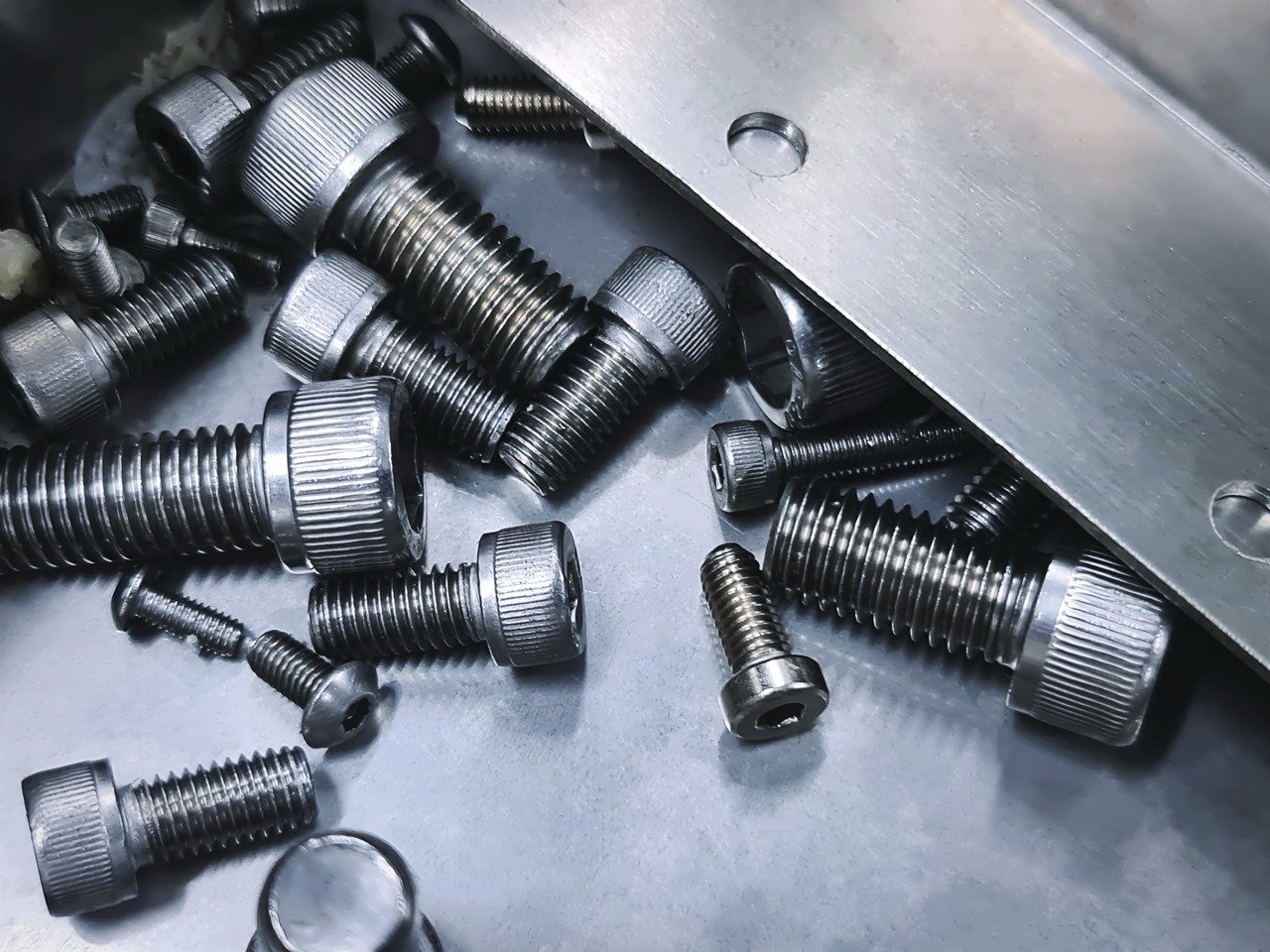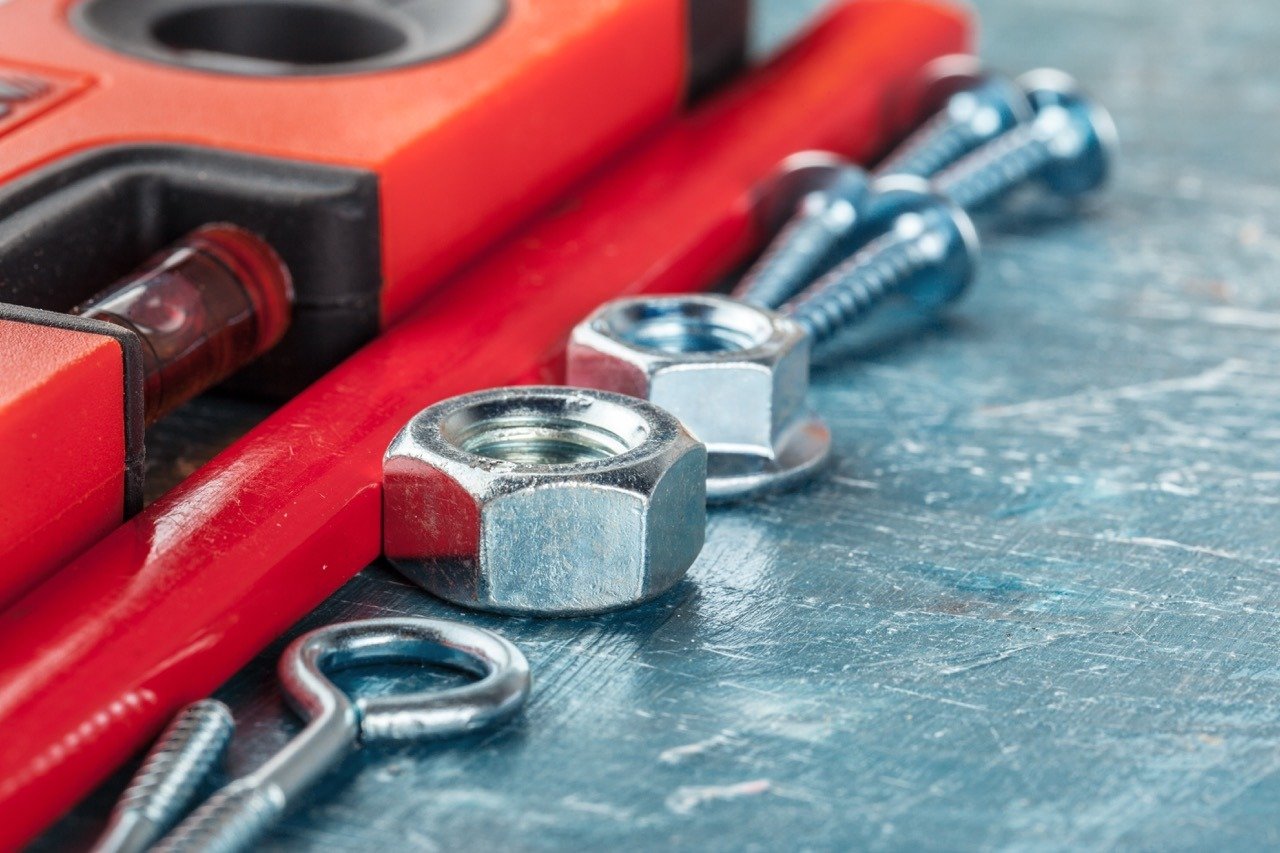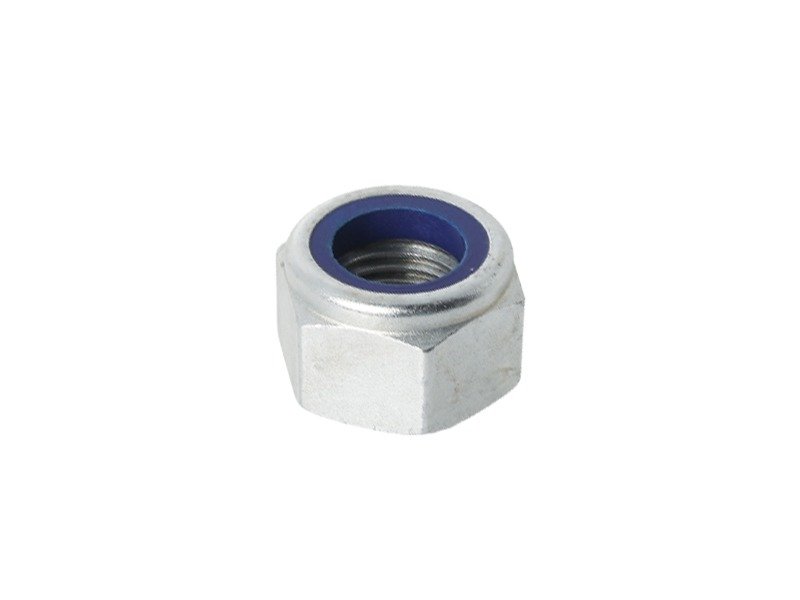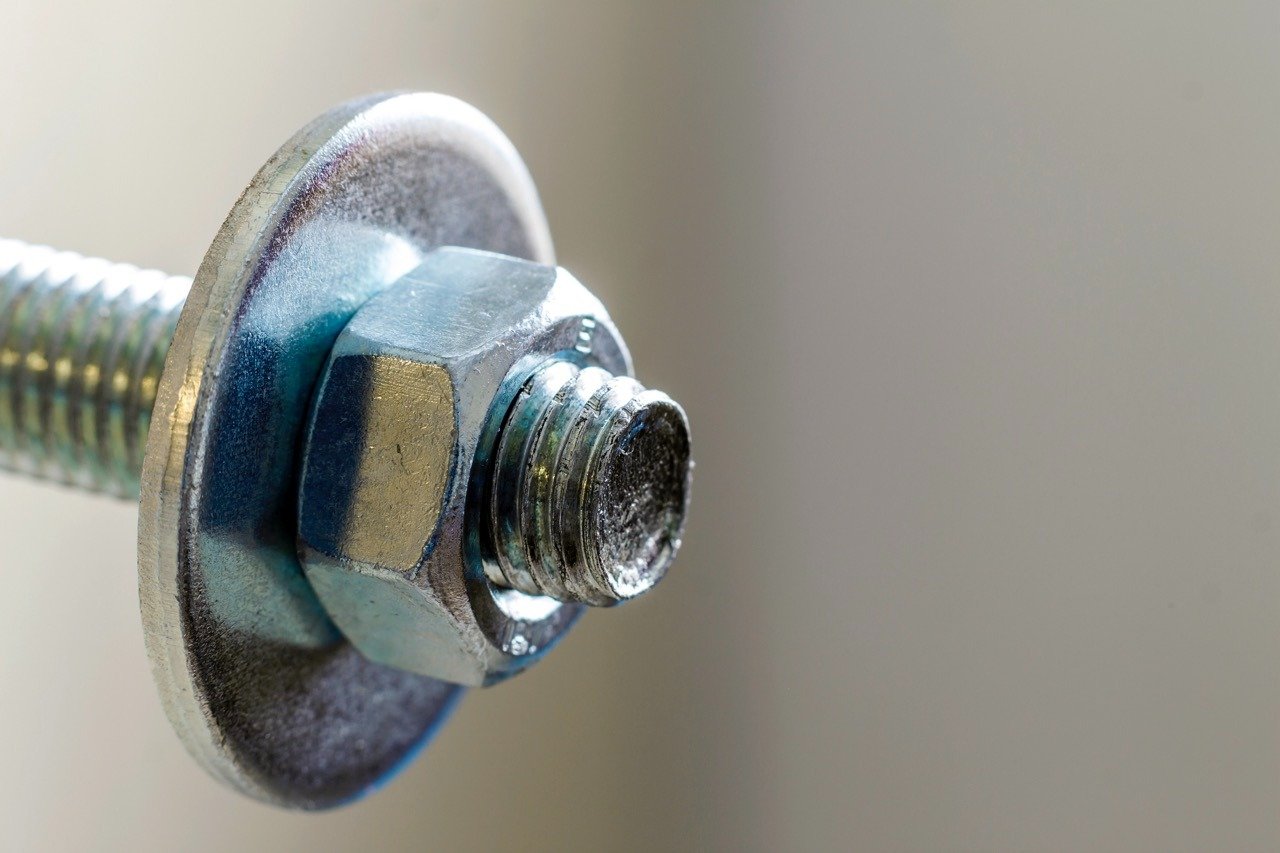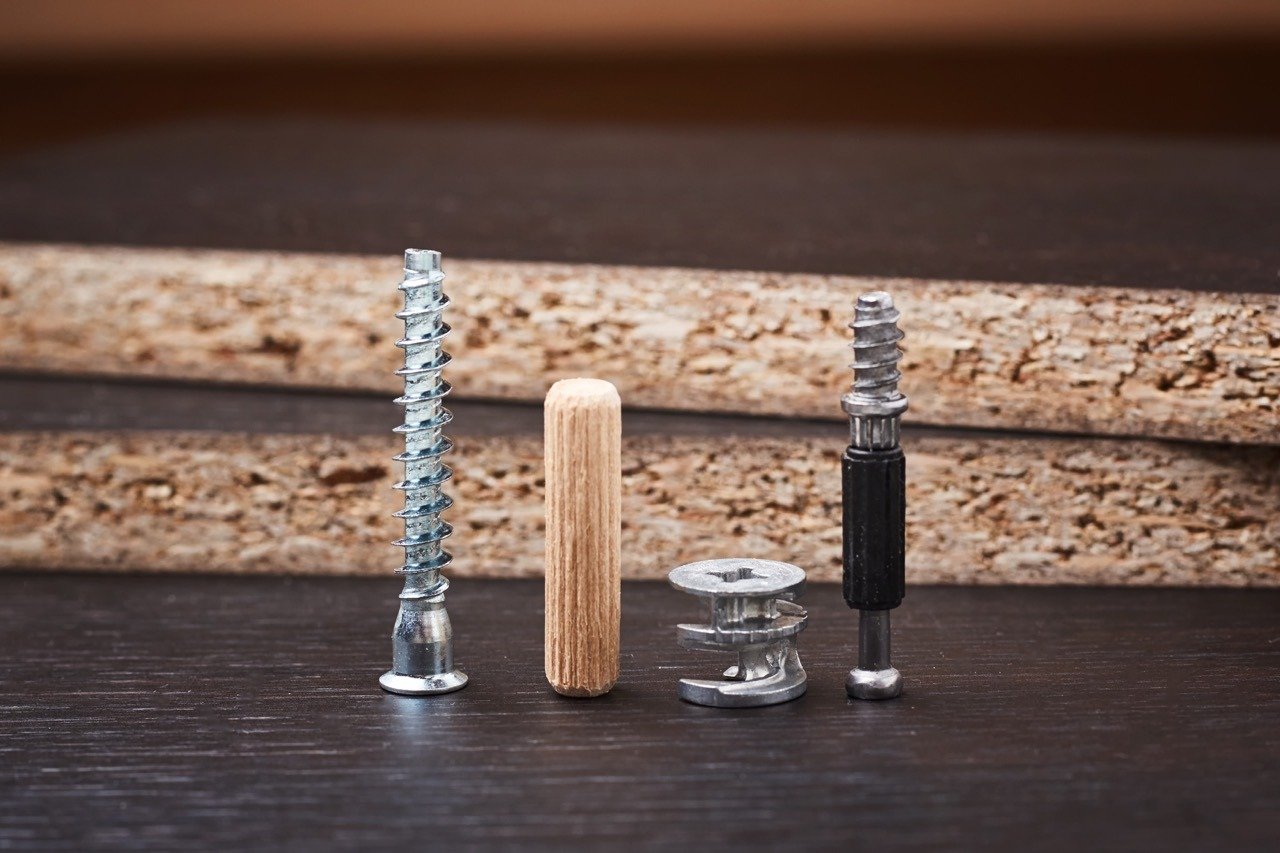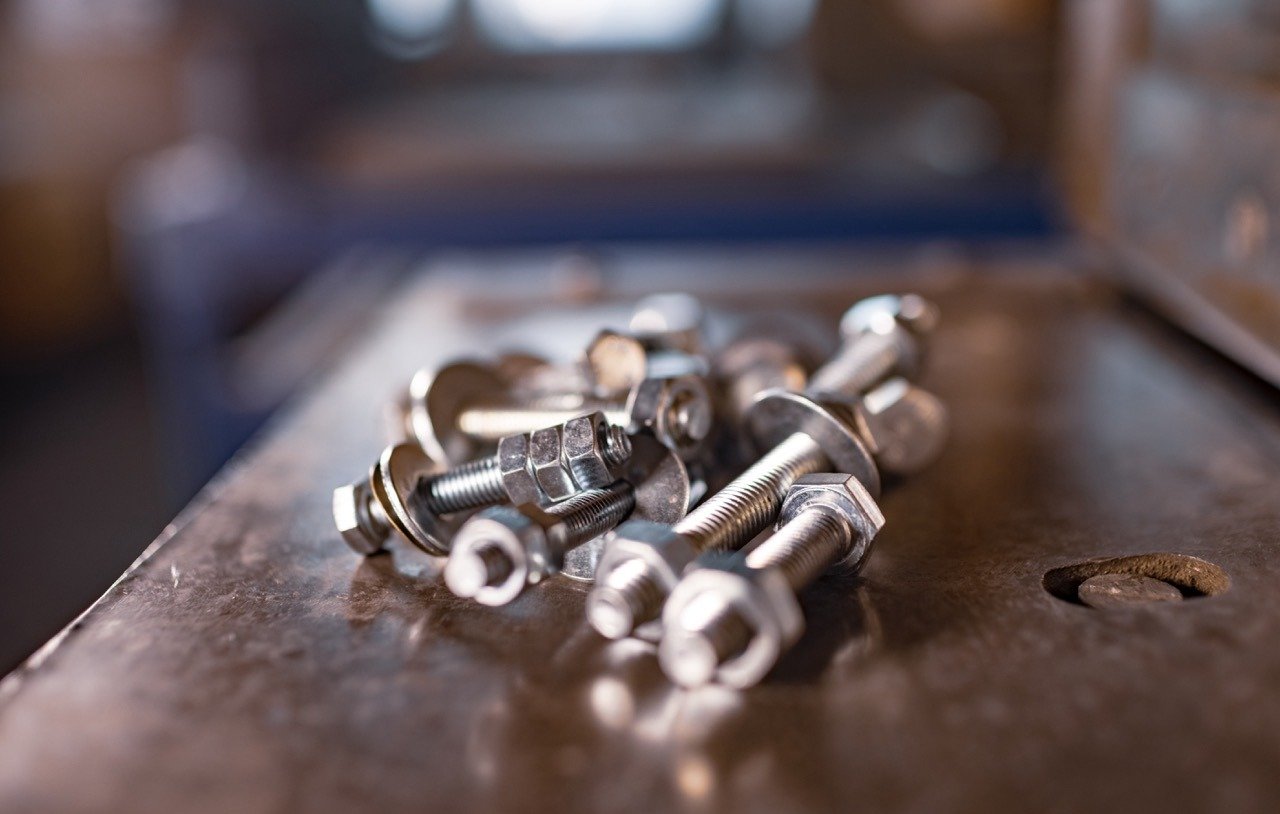What is Rivet and Riveting?
A rivet is a permanent fastener used to join two or more materials together. It can be thought of as a screw without threads, which makes it more advantageous than bolts. Unlike bolts or screws, riveting does not require access to the back surface of the materials being joined, making it known as "blind riveting." Riveting is a process used to fasten machine elements in a way that they cannot be disassembled, ensuring a strong and permanent connection.
Riveting is a common technique for achieving long-lasting and secure joints in various industries. It is used to bond materials such as metal and plastic, offering a reliable solution where access to both sides of the material is limited. Unlike screws and bolts, rivets do not require back-surface access, making them an efficient choice for many applications.
Types of Rivets
Rivets come in different materials and types based on their application. One of the most widely used rivets is the standard pop rivet, which is primarily used on metal surfaces but can be applied to almost any material. For more fragile surfaces like plastic, large head pop rivets are used to distribute pressure evenly. When a flush surface is needed, countersunk rivets are the preferred option. For applications requiring a watertight seal, sealed blind rivets are used. Additionally, for a stronger hold, split tail rivets, also known as octopus rivets, split into four sections during the riveting process, providing a solid grip.
Here are some common types of rivets:
- Standard Pop Rivets: Commonly used on metal surfaces and versatile for various applications.
- Large Head Pop Rivets: Ideal for fragile materials like plastic.
- Countersunk Pop Rivets: Used when a smooth surface finish is needed.
- Sealed Blind Rivets: Provide a watertight seal for applications requiring leak prevention.
- Split Tail (Octopus) Rivets: Offer extra strength by splitting into four sections.
- Large Head Octopus Rivets: Provide strong grip for large surfaces.
- Stainless Steel Rivets: Highly durable and resistant to corrosion.
- Aluminum Rivets: Lightweight and easy to install.
- Multigrip Rivets: Adaptable to different material thicknesses.
- Nut Rivets: Ideal for applications requiring strong mechanical strength.
Riveting tools, such as the rivet gun, are used to join materials by compressing the rivet's back end, forming a tight bond. Rivets are commonly used in various industries, from furniture to automotive sectors. In the furniture industry, pneumatic rivet guns connected to compressors are often used to apply enough pressure to lock materials together securely. This compressed air pushes the rivet, allowing the back end to deform and create a solid connection.
Rivets are also found in a wide range of applications, from assembling metal parts to securing panels in construction projects. In addition, rivets are widely used in the automotive, aviation, and maritime industries for their ability to create strong, durable connections that last. Removing a rivet requires drilling through the head until the deformed section is separated from the body, which can also be achieved using a flat-head screwdriver and hammer.
Applications of Rivets
Rivets are widely used in industries ranging from furniture manufacturing to automotive assembly and aerospace engineering. They are commonly used to fasten metal structures, assemble machinery, and secure heavy equipment. In high-demand industries such as aviation, where strength and precision are essential, rivets are the preferred choice. Additionally, rivets are used in everyday products, such as furniture and home decor, for their simplicity and reliability.

